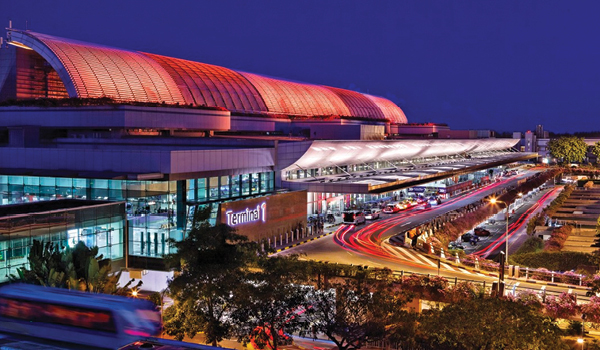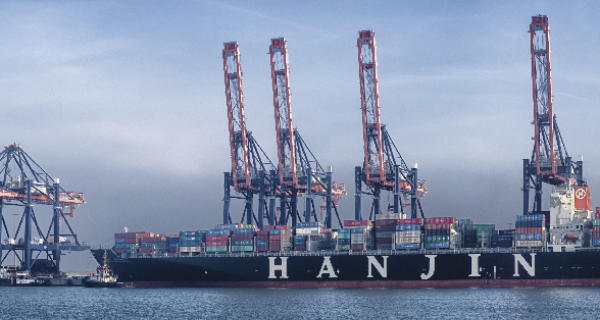Articles
Asia

E-commerce Growth: Slower but Hefty
Even as growth slowed from 2020’s pandemic-fueled explosion in activity, the global e-commerce market still grew a robust 19.9% in 2021, according to Transport Intelligence (Ti). Indications are growth will slow but remain hefty. Ti’s market sizing and forecast data and analysis shows a projected annual growth rate of 11.8% in the global e-commerce logistics […]
Read More
Business Intelligence: The Key to Success in Asia Pacific
The Asia Pacific region is becoming the next supply chain battleground. Instead of being a low-cost manufacturing region, it is developing into a significant marketplace as affluence and consumer demand increases. Many multinational corporations are already shifting key business functions to Asia Pacific to better understand the market and position themselves to capitalize on burgeoning […]
Read More
India and Southeast Asia: Land of Opportunity and Challenges
The region offers a promising but complex supply chain climate for companies interested in expanding globally.
Read MoreCommentary: 4 Reasons Why Asia Pacific Drives the Life Sciences & Healthcare Supply Chain
The seeds were sown some 15 years ago, when a few pharmaceutical and biotechnology companies began investing in Asia Pacific. Over several years of favorable growth conditions, the life sciences and healthcare (LSH) industry gradually matured across the region, becoming a hosting platform for the majority of LSH key players today. So what makes Asia […]
Read MoreAsia Accelerates Contract Logistics Growth
The overall contract logistics market grew by approximately 3.9 percent in real terms in 2016, according to TI’s Global Contract Logistics 2017 report. Despite stronger global growth in 2016, many developed markets struggled to match even the modest growth rates seen in their contract logistics markets in 2015. This reflects trends in the global economy, […]
Read More
How to Reap the Benefits of Asian Free Trade Agreements
Asian governments began developing bilateral free trade agreements (FTA) in addition to region-based multilateral agreements in 2000. These bilateral agreements were viewed as easier to negotiate and provided a quicker way to open up new export markets. The growth of bilateral FTAs in this region has led to what many economists refer to as the […]
Read More
Why Retailers Need the TPP
In recent months, the acronym “TPP” has made international headlines, and has been a somewhat unexpected cause of dissension and acrimony among governments and citizens. The Trans-Pacific Partnership, more commonly known as TPP, is a trade agreement that aims to deepen economic ties among 12 countries along the Pacific Rim by reducing tariffs and stimulating […]
Read More
Panama Canal Expansion Re-Routes Logistics for U.S. Businesses
Panama has completed the monumental $5.25-billion overhaul of the Panama Canal, which will have far-reaching implications for any business that employs or is part of an international supply chain. The Panama Canal can now accommodate ships that are one-third larger than before. These megaships carry 45 percent of the world’s cargo and will be able […]
Read More
Communication Insights Boost Shipper-Supplier Relationships
Shippers who acknowledge that they have the power to enable their own supplier base to satisfy their needs as well as their customers’ are on the right track. In particular, North American importers would be well served to emphasize stronger communication practices with Asian exporters to boost supply chain efficiency. Stronger communications go beyond monitoring […]
Read More
Global Logistics—October 2016
Overcapacity Problems Sink Hanjin Shipping Right in the middle of the peak ocean shipping season leading up to the U.S. holiday rush, South Korean ocean liner Hanjin Shipping filed for bankruptcy protection in one dozen countries in late August and early September 2016. Hanjin is the world’s seventh-largest ocean carrier, and handles nearly 8 percent […]
Read More